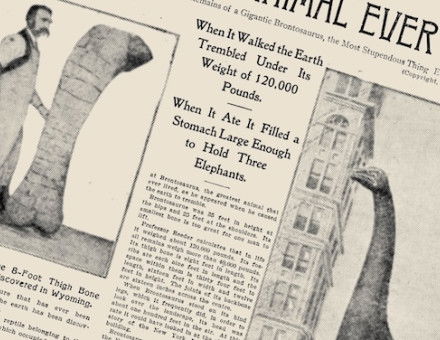Deep Time in Kents Cavern
Kents Cavern, Devon, is famous throughout the world for its wealth of archaeology and geology. Margaret Powling investigates the cave’s prehistoric past and looks towards its future.
A large solution cave within a limestone rift system, Kents Cavern, on the west side of Lincombe Hill, Torquay, is a natural treasure chest of forgotten remains and one of Europe’s most important ancient sites. Implements found there include some that date back almost half a million years, and many flints associated with the Neathderthals, while a human jawbone uncovered in 1927 is 31,000 years old, providing the oldest evidence of modern man (Homo sapiens ) in northwest Europe.
According to the Devon-born historian W.G. Hoskins (1908-92), ‘In Kents Cavern … we have the oldest recognisable human dwellings in Britain. Here Neanderthal man sought a winter refuge from the cold of the last Ice Age, and here have been found a quantity of Mousterian implements deposited round about a hundred thousand years ago.’





